Home>Garden Essentials>How Big Can A Mustard Seed Grow
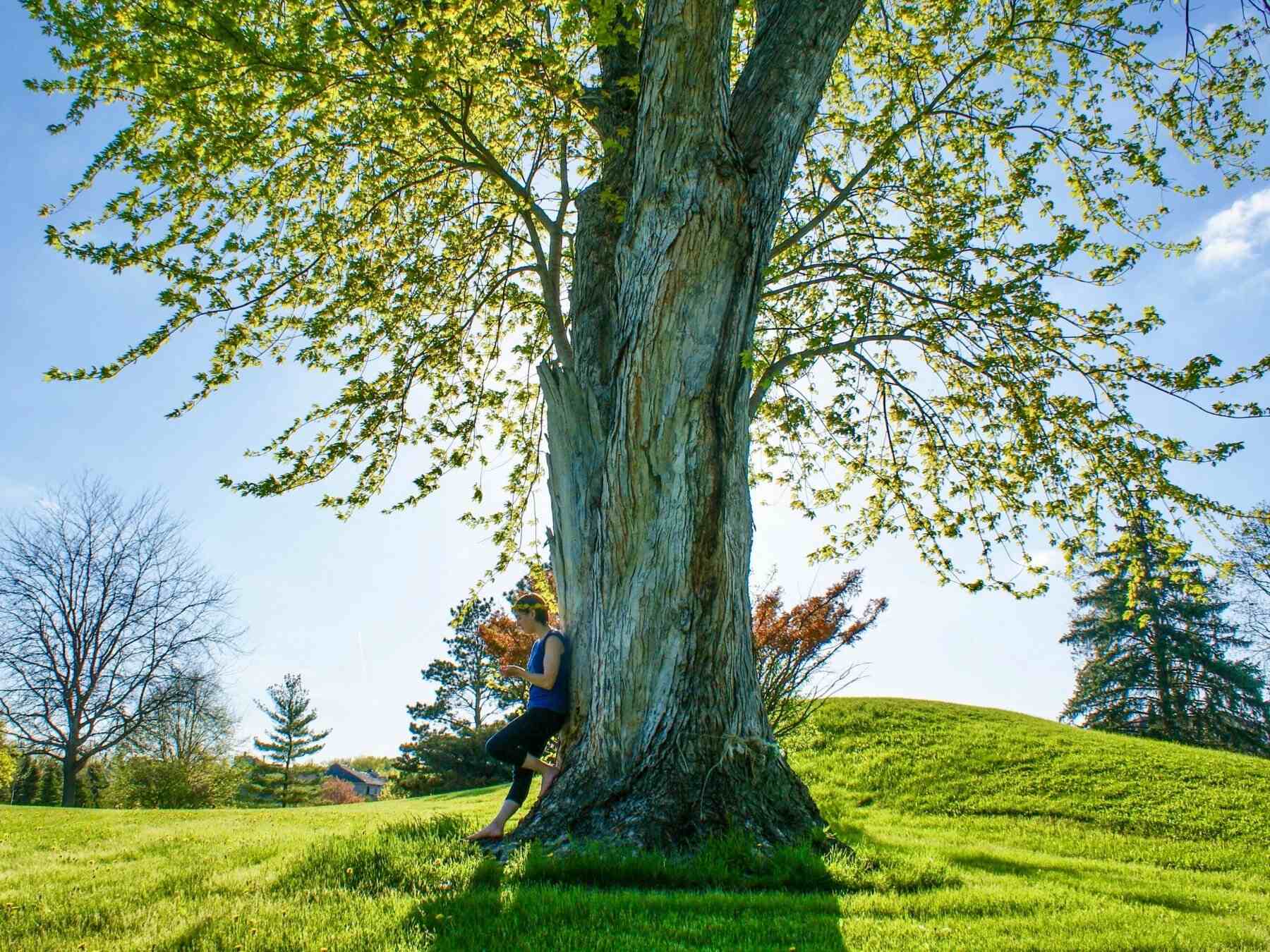

Garden Essentials
How Big Can A Mustard Seed Grow
Modified: August 17, 2024
Discover the amazing potential of mustard seeds in your garden! Learn how these tiny seeds can grow into thriving plants and add a burst of flavor to your dishes.
(Many of the links in this article redirect to a specific reviewed product. Your purchase of these products through affiliate links helps to generate commission for Storables.com, at no extra cost. Learn more)
Introduction
Welcome to the fascinating world of mustard seeds! These tiny wonders pack a mighty punch when it comes to growth and vitality. Whether you’re a seasoned gardener or just starting out, understanding the potential of mustard seeds can help you optimize their growth and create a thriving garden.
Mustard seeds are small, round seeds derived from various mustard plant species, predominantly Brassica nigra and Brassica juncea. They are known for their versatility and are commonly used as a condiment and spice, adding a distinct flavor to dishes across the globe. However, mustard seeds also have incredible potential for growth, making them a valuable addition to any garden.
Although small in size, mustard seeds have the remarkable ability to transform into robust plants. This growth process is influenced by various factors, such as environmental conditions, soil quality, and proper care. By understanding these factors and implementing suitable strategies, you can maximize the growth potential of your mustard seeds and witness them flourish into vibrant plants.
In this article, we will delve into the factors that affect mustard seed growth, explore the ideal conditions for their development, discuss common obstacles that may hinder their growth, and provide strategies for maximizing their growth. By the end, you’ll have a comprehensive understanding of how to unleash the full potential of mustard seeds in your garden.
Key Takeaways:
- Mustard seeds have incredible growth potential, requiring optimal conditions like sunlight, temperature, and soil quality. Overcoming obstacles like poor soil and pests is crucial for successful growth.
- Selecting high-quality seeds, proper preparation, and regular care are essential for maximizing mustard seed growth. Overcoming challenges like poor soil and pests is key to thriving plants.
Read more: How To Grow Mustard Seeds In Pots
What is a Mustard Seed?
Before we dive into the intricacies of mustard seed growth, let’s first understand what exactly a mustard seed is. Mustard seeds are the small, round seeds obtained from various mustard plant species, primarily Brassica nigra and Brassica juncea. These seeds are often used as a spice, condiment, or even a natural remedy.
Mustard seeds come in different varieties, including yellow, brown, and black. Each type has its own unique flavor and characteristics, but they all share the same potential for growth. These seeds are rich in nutrients and possess a high oil content, making them an excellent source of energy for germination and growth.
When planted in suitable conditions, mustard seeds germinate and sprout into small seedlings in just a few days. With proper care and nurturing, these seedlings develop into mature mustard plants, growing up to heights ranging from 1 to 6 feet, depending on the variety.
Mustard plants are known for their lush green leaves, yellow flowers, and long seed pods containing numerous small seeds. These plants have a relatively short growth cycle, typically taking around 50 to 60 days to reach maturity. Both the leaves and seeds of mustard plants are edible and have a distinct spicy or pungent flavor.
In addition to their culinary uses, mustard seeds also have medicinal properties. They are rich in essential nutrients and plant compounds known for their antioxidant, anti-inflammatory, and antibacterial properties. Mustard seeds have been traditionally used to treat various ailments, including digestive disorders, respiratory issues, and arthritis.
Overall, mustard seeds are not only a flavorful addition to your kitchen but also a fascinating plant with immense growth potential. Understanding the nature and characteristics of mustard seeds is crucial for cultivating them successfully and enjoying the rewards of a thriving mustard plant in your garden.
Factors Affecting Mustard Seed Growth
Several factors play a crucial role in determining the growth and development of mustard seeds. By understanding these factors, you can create optimal conditions for your mustard seeds to thrive. Let’s explore the key factors that influence mustard seed growth:
1. Environmental Conditions:
Mustard seeds require specific environmental conditions to germinate and grow successfully. Adequate sunlight, temperature, and moisture levels are critical for their growth. Mustard seeds prefer full sun exposure, with at least 6-8 hours of direct sunlight each day. They thrive in temperatures ranging from 55°F to 75°F (13°C to 24°C). Additionally, mustard seeds require consistent moisture, but excessive waterlogging can be detrimental to their growth.
2. Soil Quality:
Mustard seeds thrive in well-draining soil with a pH level between 6.0 and 7.5. The soil should be rich in organic matter, loamy, and loose, allowing proper root development and water circulation. Before planting mustard seeds, ensure that the soil is properly prepared by removing any debris, weeds, or rocks and incorporating organic matter, such as compost or aged manure, to enrich the soil.
Read more: How Many Mustard Seeds To Make Mustard
3. Seed Quality and Preparation:
The quality of mustard seeds used for planting directly impacts their growth. Choose high-quality seeds from reputable sources to ensure better germination rates. Before planting, it is recommended to soak the seeds in water for about 12 hours to soften the seed coat and promote faster germination. After soaking, drain the water and allow the seeds to air-dry for a few hours before planting.
4. Adequate Spacing:
Mustard seeds need sufficient spacing for their roots to spread and access nutrients and water. Plant the seeds at a distance of around 2-3 inches apart, allowing enough room for each plant to grow without being overcrowded. Proper spacing also minimizes competition among plants and reduces the risk of disease and pest infestation.
5. Weed Control:
Weeds can compete with mustard plants for nutrients, water, and sunlight, hindering their growth. Regular weeding is essential to keep the garden beds free from weeds. Use mulch or organic weed control methods to suppress weed growth and maintain a clean growing environment for the mustard plants.
By considering these key factors and providing the ideal growing conditions, you can significantly enhance the growth and development of your mustard seeds. Stay tuned for the next section, where we will explore the ideal conditions required for mustard seed growth.
Ideal Conditions for Mustard Seed Growth
Creating the ideal conditions for mustard seed growth is crucial to ensure healthy and vigorous plants. By providing the optimal environment, you can maximize the growth potential of your mustard seeds. Here are the key factors that contribute to the ideal conditions for mustard seed growth:
Read more: Where Can I Find Mustard Seeds
1. Sunlight:
Mustard plants thrive in full sun exposure. Aim to provide them with at least 6-8 hours of direct sunlight each day. This allows the plants to photosynthesize efficiently, promoting robust growth and vibrant foliage.
2. Temperature:
Mustard seeds require moderate temperatures to germinate and grow. Ideally, the temperature should be between 55°F to 75°F (13°C to 24°C). Planting mustard seeds during the spring or fall seasons, when the temperatures are within this range, provides the best conditions for germination and growth.
3. Moisture:
Mustard seeds need consistent moisture throughout their growth stages, especially during germination. Keep the soil evenly moist, but be cautious not to overwater the seeds, as excessive moisture can lead to rotting and fungal diseases. Regular watering is essential, especially during dry spells or hot weather.
4. Soil Quality:
Well-draining, loamy soil with a pH level between 6.0 and 7.5 is ideal for mustard seed growth. Prepare the soil by removing any debris, weeds, or rocks. Incorporate organic matter, such as compost or aged manure, to improve the soil’s fertility and structure. This ensures that the mustard plants have access to essential nutrients and proper water circulation.
Read more: What Can I Use In Place Of Mustard Seed
5. Adequate Air Circulation:
Good air circulation is crucial for preventing the buildup of moisture and reducing the risk of fungal diseases. Planting mustard seeds with proper spacing allows air to circulate freely between the plants, minimizing moisture-related issues.
6. Regular Feeding:
Mustard plants benefit from regular feeding to ensure healthy growth. Prior to planting, mix in a balanced organic fertilizer or slow-release granular fertilizer into the soil. Additionally, you can provide supplemental liquid fertilizers during the growing season to provide a nutrient boost.
7. Pest and Disease Control:
Monitor your mustard plants regularly for any signs of pests or diseases. Common pests that can affect mustard plants include aphids, flea beetles, and cabbage worms. Utilize organic pest control methods, such as companion planting, neem oil, or introducing beneficial insects, to manage pest populations. Proper sanitation, including removing any affected leaves or plants, helps prevent the spread of diseases.
By creating these ideal conditions for your mustard seeds, you can set the stage for optimal growth and development. In the next section, we will address common obstacles that may hinder mustard seed growth and how to overcome them.
Common Obstacles to Mustard Seed Growth
While mustard seeds have the potential to grow into thriving plants, they may face several obstacles along the way. Understanding these common challenges and knowing how to overcome them is essential for ensuring successful mustard seed growth. Here are some of the common obstacles that may hinder mustard seed growth:
Read more: What To Do With Mustard Seeds
1. Poor Soil Quality:
If the soil lacks nutrients or has poor drainage, it can impede mustard seed germination and growth. Soil that is compacted or heavy in texture may prevent the roots from accessing oxygen and nutrients. Additionally, soil with an improper pH level or lacking organic matter can hinder nutrient uptake. Testing the soil and amending it accordingly prior to planting can help overcome these challenges.
2. Insufficient Sunlight:
Mustard seeds require sufficient sunlight to fuel their growth. Lack of sunlight can lead to weak, leggy plants or poor germination. If your garden has shaded areas, consider planting mustard seeds in sunnier spots or using reflective materials to redirect sunlight towards the plants.
3. Inadequate Watering:
Inconsistent or inadequate watering can stunt the growth of mustard seeds. Overwatering can lead to rotting or fungal diseases, while underwatering can cause the plants to become stressed and fail to reach their full potential. Maintain a regular watering schedule, ensuring the soil remains evenly moist but not waterlogged.
4. Competition from Weeds:
Weeds can compete with mustard plants for nutrients, water, and sunlight, restricting their growth. Regular weeding is essential to eliminate weed competition. Use organic mulch or employ techniques like hand weeding or hoeing to keep the garden beds weed-free.
Read more: What Size Is A Mustard Seed
5. Pest Infestation:
Mustard plants are susceptible to pests such as aphids, flea beetles, and cabbage worms. These pests can damage or destroy the plants if not controlled. Implement natural pest control methods such as introducing beneficial insects, using companion planting techniques, or applying organic pest repellents to deter pests and protect your mustard plants.
6. Disease Susceptibility:
Mustard plants can be vulnerable to various diseases, including fungal infections like Alternaria leaf spot and downy mildew. To prevent diseases, ensure proper air circulation, avoid overhead watering, and practice good sanitation. If necessary, use organic fungicides or consult with a local extension service for effective disease management strategies.
By being aware of these common obstacles and taking proactive measures to overcome them, you can create an environment that promotes optimal mustard seed growth. In the next section, we will discuss strategies for maximizing mustard seed growth to ensure a successful harvest.
Strategies for Maximizing Mustard Seed Growth
If you want to ensure robust and healthy mustard seed growth, implementing effective strategies is key. By following these strategies, you can maximize the potential of your mustard seeds and create an environment that promotes optimal growth. Here are some strategies for maximizing mustard seed growth:
1. Proper Seed Selection:
Choose high-quality mustard seeds from reputable sources. Look for seeds that are viable, fresh, and certified. This ensures better germination rates and healthy plant development.
Read more: What Does Mustard Seed Mean
2. Adequate Seed Preparation:
Soak the mustard seeds in water for about 12 hours before planting. This softens the seed coat and promotes faster germination. After soaking, drain the water and allow the seeds to air-dry for a few hours before sowing.
3. Optimal Planting Time:
Plant mustard seeds during the ideal season, such as spring or fall, when temperatures are within the preferred range of 55°F to 75°F (13°C to 24°C). This provides the best conditions for germination and growth.
4. Proper Spacing:
Ensure sufficient spacing between mustard plants to allow for proper air circulation and root development. Plant the seeds at a distance of around 2-3 inches apart to prevent overcrowding and competition for resources.
5. Regular Watering:
Provide consistent moisture to the mustard plants by watering them regularly. Deep watering is preferred, as it encourages root development. Avoid overwatering, as it can lead to waterlogging and root rot. Mulching around the plants can help retain soil moisture and suppress weed growth.
6. Fertilization:
Apply organic fertilizers or compost to provide essential nutrients to the mustard plants. Mix in a balanced organic fertilizer or well-decomposed compost into the soil before planting. Additionally, you can apply liquid fertilizers during the growing season to ensure a continuous supply of nutrients.
7. Weed Control:
Maintain a weed-free environment around the mustard plants. Regularly remove weeds by hand or using appropriate tools. Mulching can also help suppress weed growth and conserve soil moisture.
8. Pest and Disease Management:
Monitor your mustard plants regularly for signs of pests or diseases. Introduce beneficial insects, such as ladybugs or lacewings, to control pest populations naturally. Practice good sanitation and remove any affected leaves or plants to prevent the spread of diseases. Utilize organic pest control methods and apply organic fungicides if necessary.
By implementing these strategies, you can create favorable conditions for mustard seed growth, ensuring robust and healthy plants. With proper care and nurturing, you will be rewarded with a bountiful harvest of flavorful mustard seeds. In the concluding section, we will wrap up the article and emphasize the importance of maximizing mustard seed growth.
Conclusion
Mustard seeds are not only a versatile spice and condiment, but they also possess incredible growth potential. By understanding the factors that affect mustard seed growth and implementing effective strategies, you can maximize their growth and create a thriving garden.
From providing the ideal environmental conditions, such as sunlight, temperature, and moisture, to ensuring proper soil quality and adequate spacing, every aspect contributes to the successful growth of mustard seeds. Overcoming common obstacles like poor soil quality, insufficient sunlight, weed competition, pest infestation, and diseases is key to establishing healthy mustard plants.
To maximize mustard seed growth, it is essential to select high-quality seeds, properly prepare them, and sow them at the appropriate time. Regular watering, fertilization, and weed control are crucial for promoting healthy plant development. Additionally, closely monitoring for pests and diseases and implementing organic pest control methods are vital in maintaining the well-being of mustard plants.
By following these strategies and providing the optimal conditions, you can enjoy the satisfaction of watching your mustard seeds germinate, grow, and flourish into vibrant plants. Not only will you have a beautiful and productive garden, but you will also have a bountiful harvest of flavorful mustard seeds to enhance your culinary creations.
Remember, gardening is a continuous learning process, and experimentation is key to discovering what works best for your specific growing conditions. Embrace the joy of gardening, be patient with the growth process, and enjoy the rewards of your efforts. With a little care and attention, your mustard seeds have the potential to grow into impressive plants that will amaze and delight you throughout the seasons.
So, get ready to unleash the full potential of your mustard seeds and embark on an exciting journey of gardening success!
Excited about sprucing up your garden's boundaries while adding a touch of personality? Dive into our guide on creative and practical fencing solutions. Whether you're aiming for privacy, aesthetics, or both, our collection of ideas will spark inspiration for transforming your outdoor space with stylish and functional barriers. Let's turn those garden dreams into reality with some innovative fence designs waiting just a click away.
Frequently Asked Questions about How Big Can A Mustard Seed Grow
Was this page helpful?
At Storables.com, we guarantee accurate and reliable information. Our content, validated by Expert Board Contributors, is crafted following stringent Editorial Policies. We're committed to providing you with well-researched, expert-backed insights for all your informational needs.
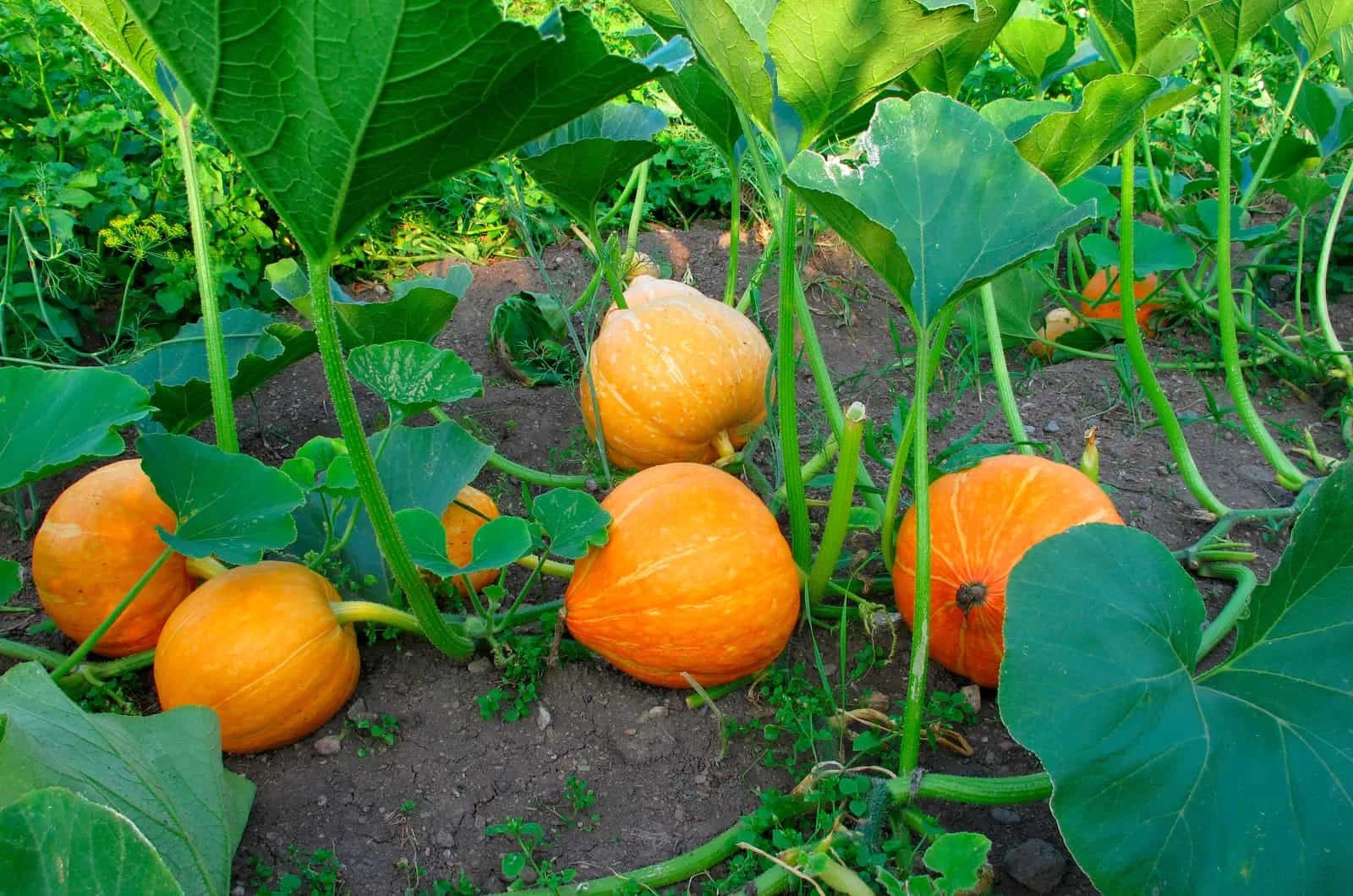
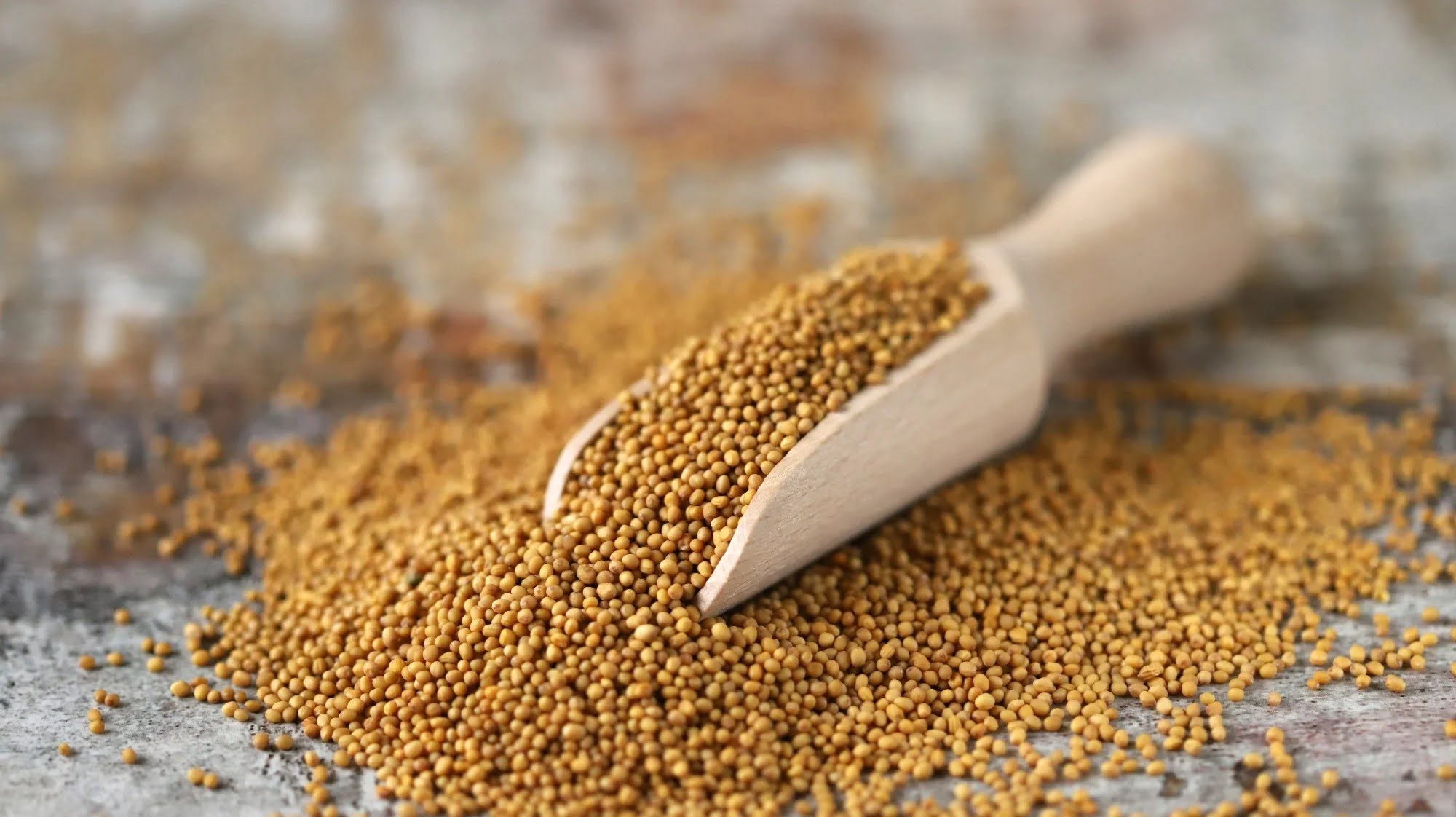
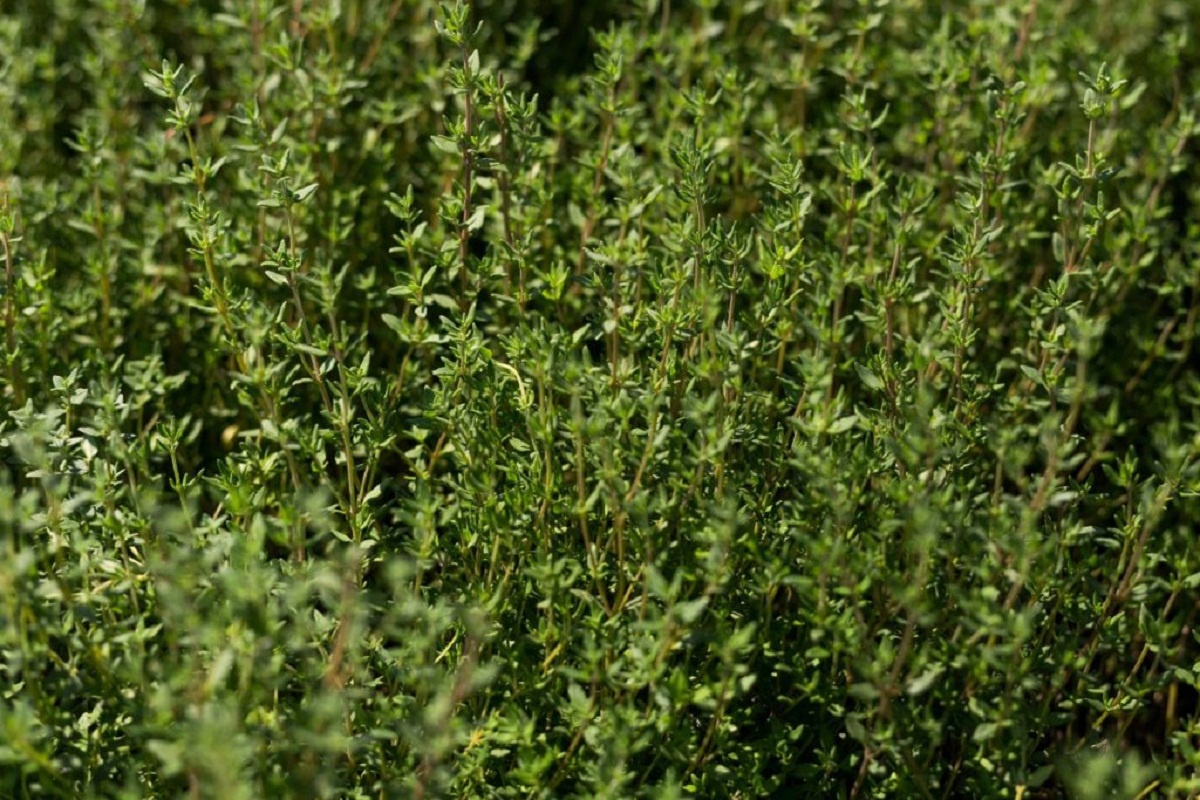
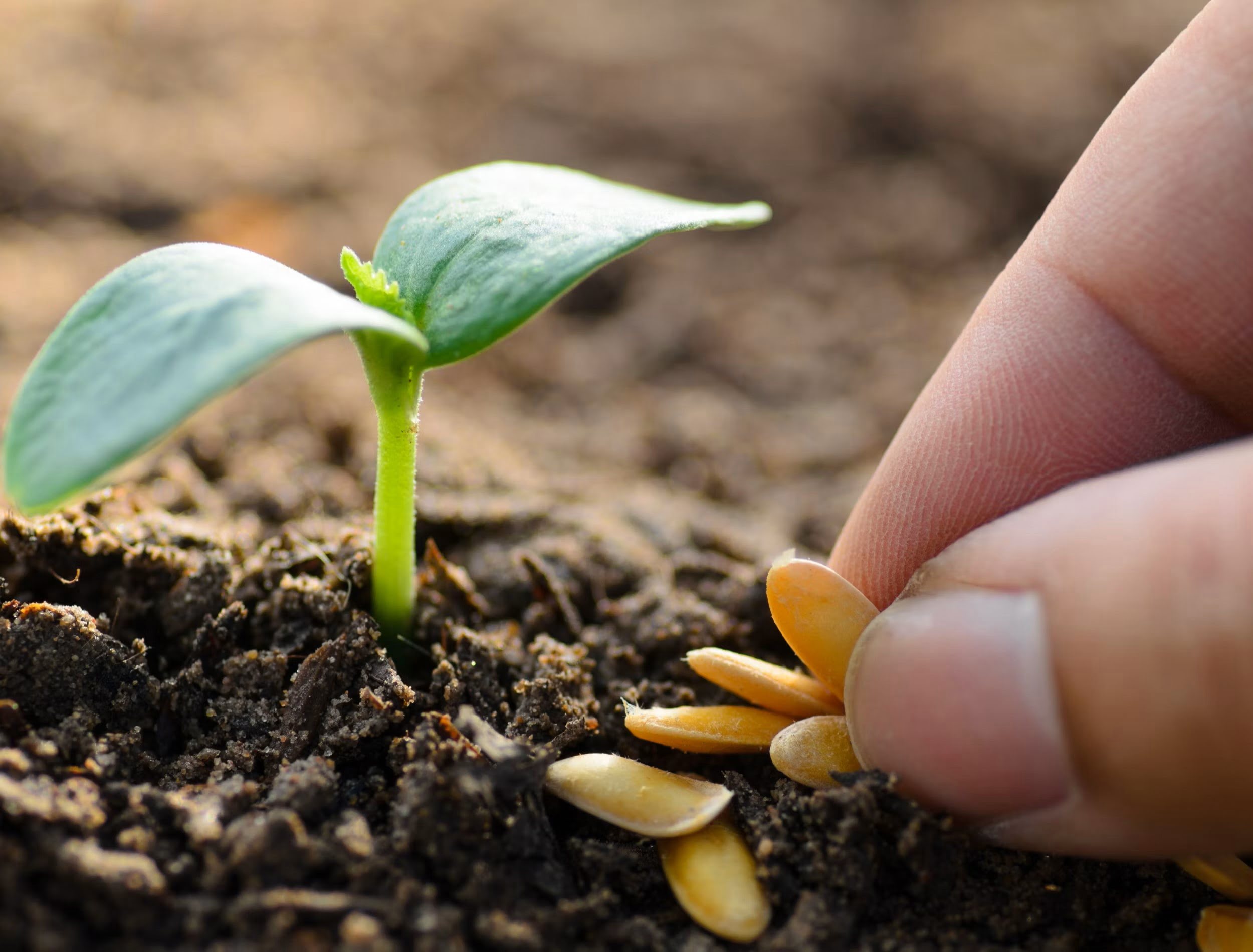

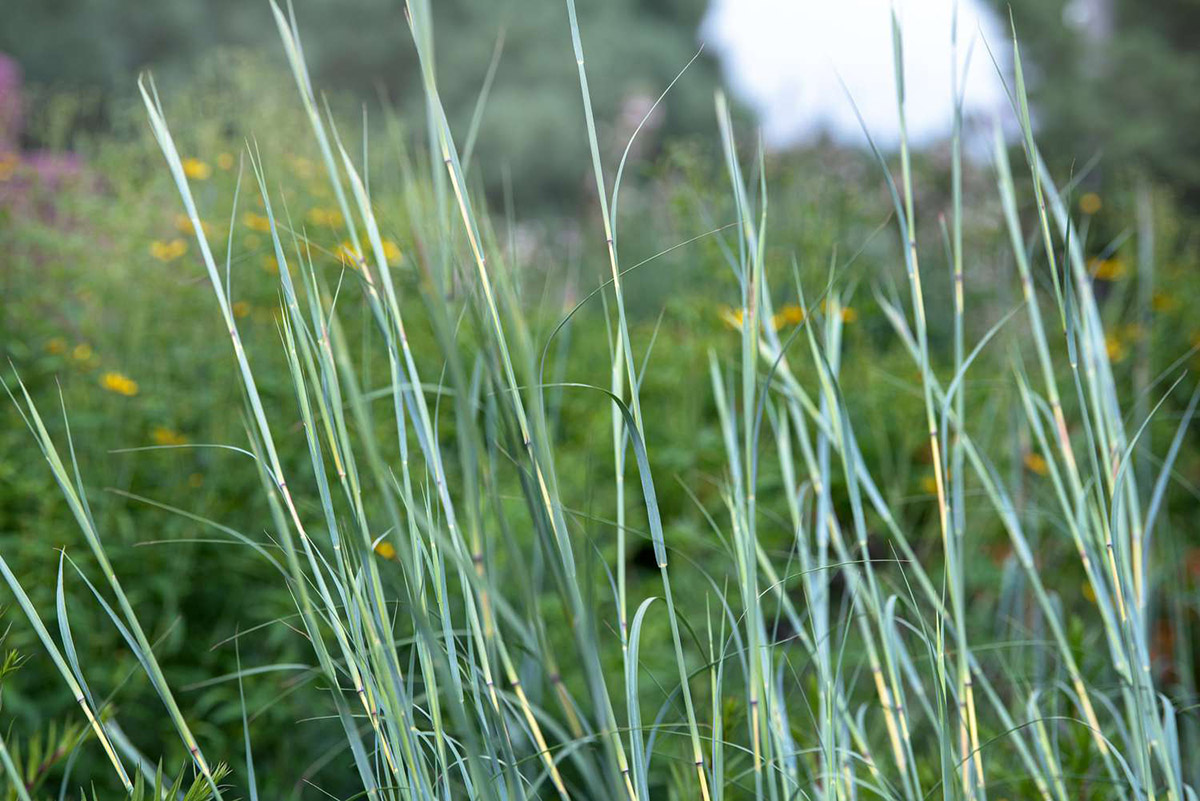
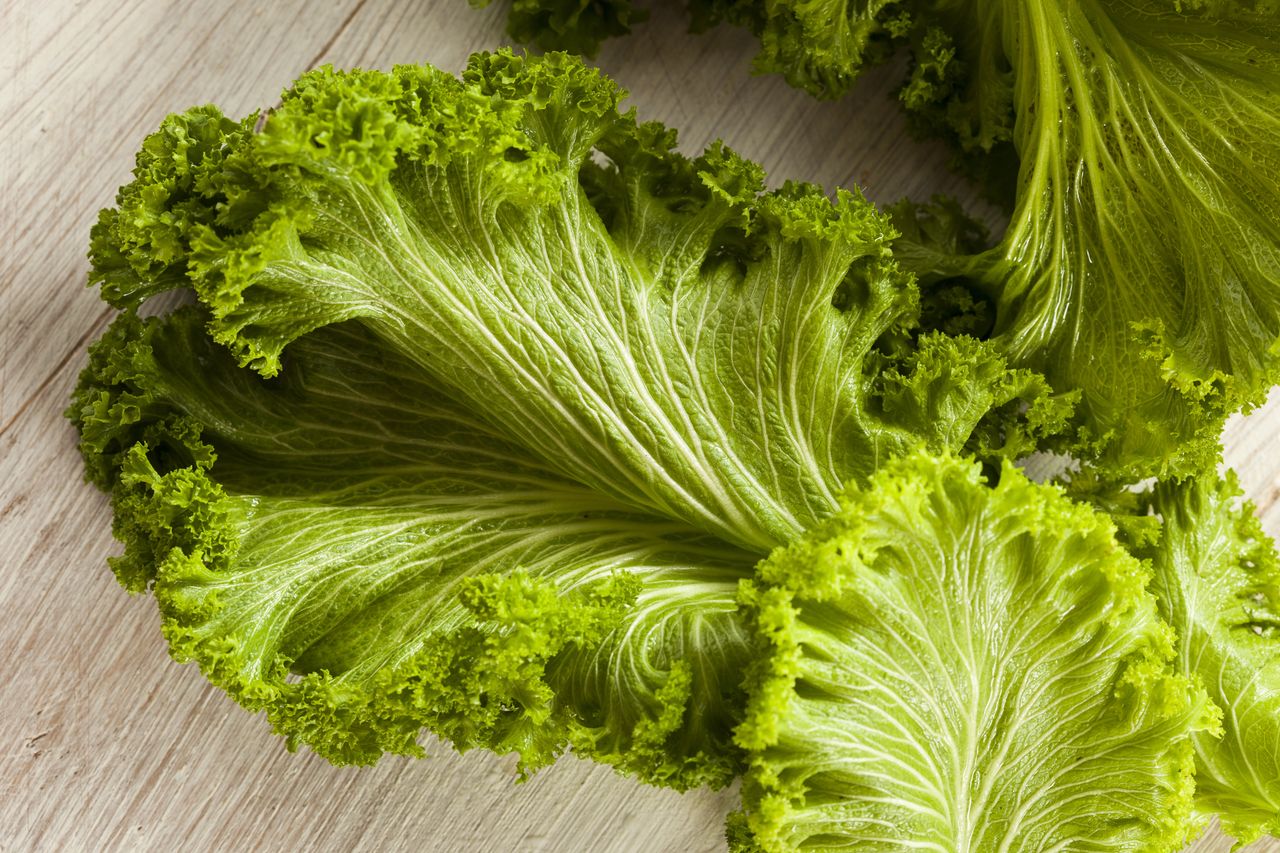


0 thoughts on “How Big Can A Mustard Seed Grow”